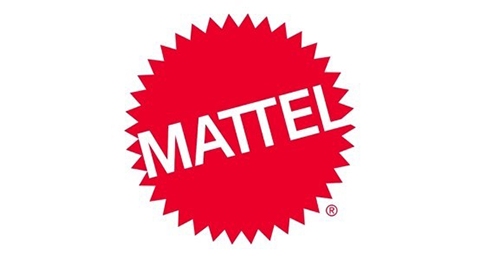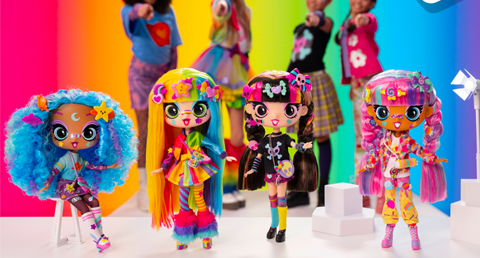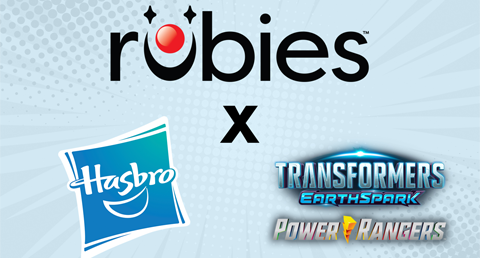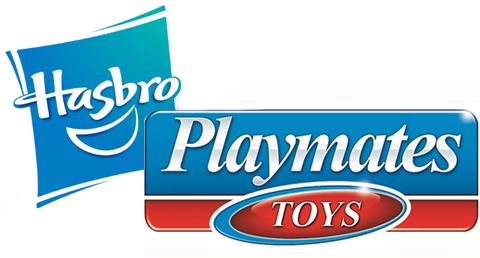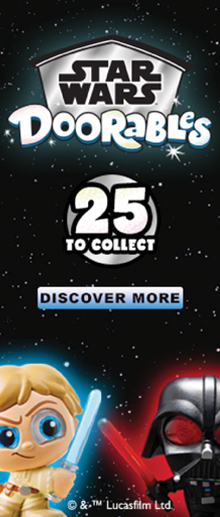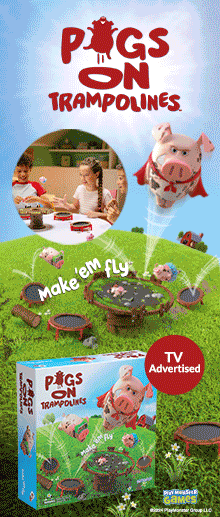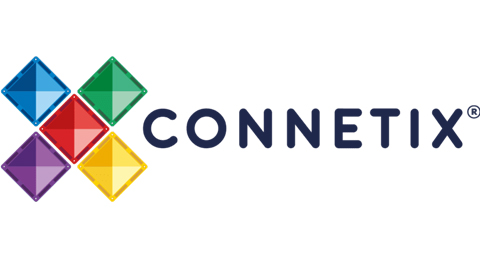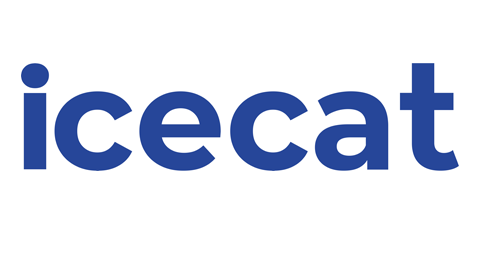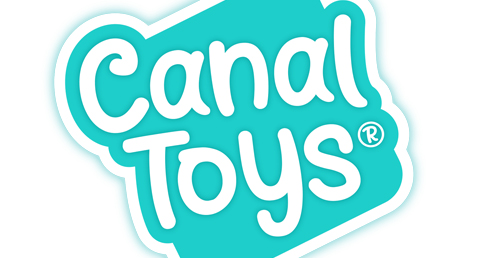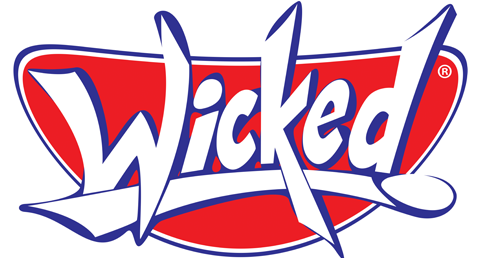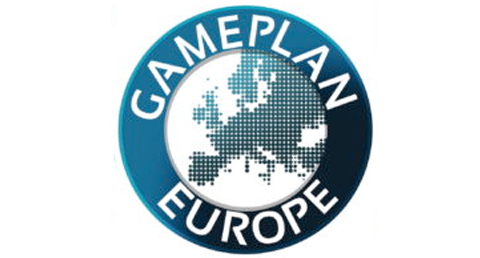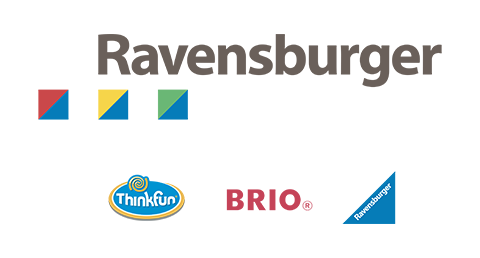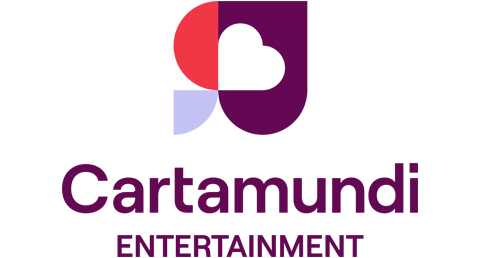Generation Media addresses the changes in relation to kids and the implications to advertisers.

It has been over a month since Google introduced new privacy practices which threatened to transform the YouTube marketplace for children’s content creators and advertisers alike. The changes, a response to the $170m settlement agreed with the FTC in September, require creators making content for children to label it as such. The potential negative implications of this are manifold, with the main concerns for creators being:
- Personalised, data driven, advertising can no longer appear alongside the marked content/channel.
- Comments will be disabled.
- Other mechanics designed to drive viewers back to the channel (end screens, notification functions, etc.) will no longer appear against child directed videos.
The results for viewership, initially, were varied and in some cases dramatic, with loss of views of up to 90% being reported. This can have catastrophic effects on revenue generation for the creators. Whilst still being able to charge for brand partnerships and integrations – although potentially at a lower cost if viewership declines – revenue generated by traditional advertising (skippable in-stream, bumper ads etc.) will be significantly reduced, and for many this is the source of the majority of income. However, it does appear that for some, this effect will only be temporary, with algorithms adjusting to the changes and returning viewership levels close to pre-regulatory changes.
For advertisers, there has been a recent wave of fearmongering, fuelled in no small part by aggregators looking to gain market share on the lack of clarity. Content aggregators can be an attractive proposition for creators. Collaboration creates scale which can be leveraged to extract larger budgets from advertisers, providing a form of security creators might not have in isolation.
Working with YouTube content aggregators can also be beneficial for advertisers, be that from providing a greater degree of professionalism through to delivering competitively priced proposals.
However, the changes do not mean that working with aggregators is the only way to access premium content on YouTube. Despite being sold as reserved inventory buys, the platform rarely allows a channel to completely ring-fence its inventory for resale.
This means premium content is still available to buy via the traditional auction mechanic, and it is by this means that advertisers arguably still have the best potential to reach their kids on YouTube. Personal data can no longer be used when targeting “Made For Kids” videos, but under COPPA and GDPR-K regulations it never could (or at least never should have). It should only have been advertisers such as FMCG brands, not aiming to reach children but parents, taking advantage of the rich data available in the modern digital landscape.
Generation Media has always used COPPA and GDPR-K compliant methods to deliver contextually relevant and effective campaigns. We continue to work with data and tech partners in order to refine our contextual strategies and will be making further announcements over the course of this year about how we plan to improve the marketplace for kids’ advertisers.





